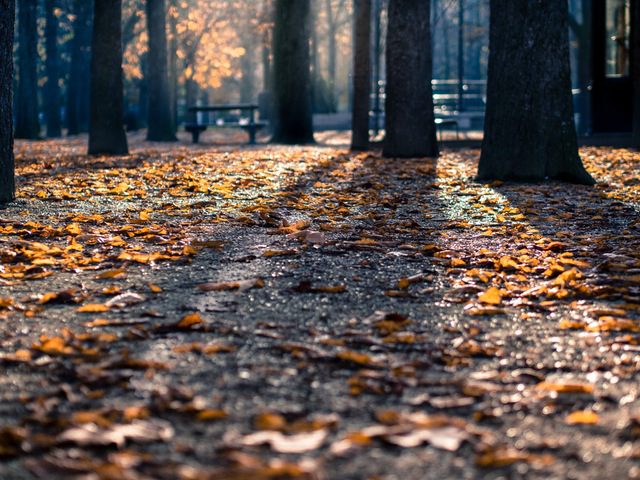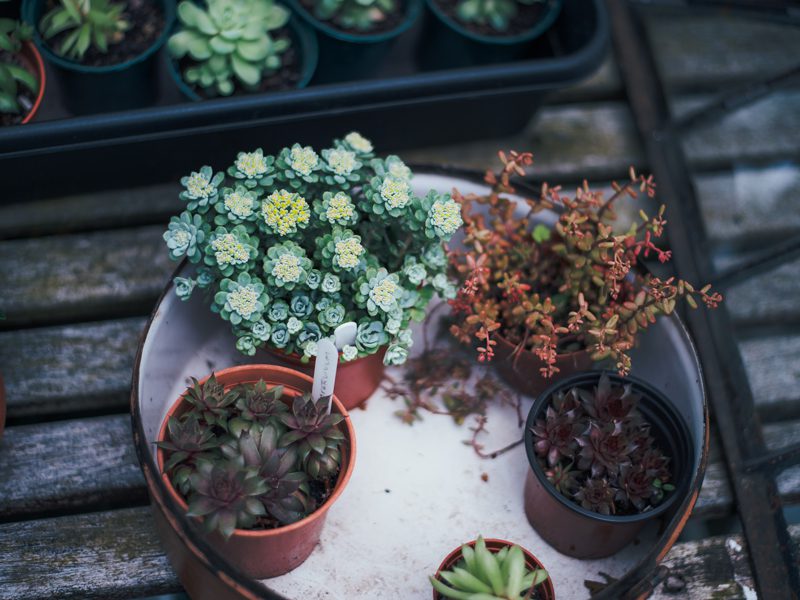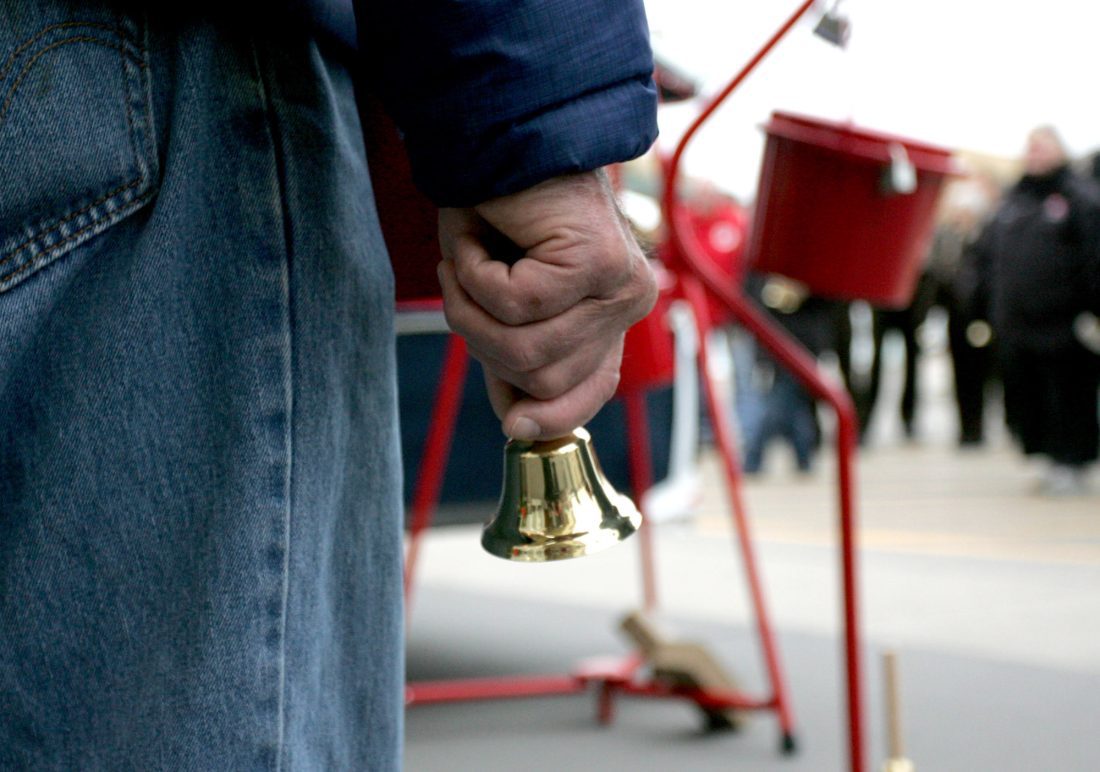You’ve set a communication plan for your family, so the next step is to put together a household disaster supplies kit to have on hand in case of emergency.
This kit should be ready to go in case you need to grab it while evacuating. Or, it could help you shelter in place until basic services like electricity, gas and water are restored following a natural disaster.
The Department of Homeland Security recommends the following items for a basic emergency supply kit:
- Water, one gallon of water per person per day for at least three days, for drinking and sanitation
- Food, at least a three-day supply of non-perishable food
- Battery-powered or hand crank radio and a NOAA Weather Radio with tone alert and extra batteries for both
- Flashlight and extra batteries
- First aid kit
- Whistle to signal for help
- Dust mask to help filter contaminated air and plastic sheeting and duct tape to shelter-in-place
- Moist towelettes, garbage bags and plastic ties for personal sanitation
- Wrench or pliers to turn off utilities
- Manual can opener for food
- Local maps
- Cell phone with chargers, inverter or solar charger
Once you have gathered the supplies for a basic emergency kit, you may want to consider adding the following items:
- Prescription medications and glasses
- Infant formula and diapers
- Pet food and extra water for your pet
- Cash or traveler’s checks and change
- Important family documents such as copies of insurance policies, identification and bank account records in a waterproof, portable container. You can use the Emergency Financial First Aid Kit – EFFAK developed by Operation Hope, FEMA and Citizen Corps to help you organize your information.
- Emergency reference material such as a first aid book
- Sleeping bag or warm blanket for each person. Consider additional bedding if you live in a cold-weather climate.
- Complete change of clothing including a long sleeved shirt, long pants and sturdy shoes. Consider additional clothing if you live in a cold-weather climate.
- Household chlorine bleach and medicine dropper. When diluted, nine parts water to one part bleach, bleach can be used as a disinfectant. Or in an emergency, you can use it to treat water by using 16 drops of regular household liquid bleach per gallon of water. Do not use scented, color safe or bleaches with added cleaners.
- Fire extinguisher
- Matches in a waterproof container
- Feminine supplies and personal hygiene items
- Mess kits, paper cups, plates, paper towels and plastic utensils
- Paper and pencil
- Books, games, puzzles or other activities for children
Just as important as putting your supplies together is maintaining them so they are safe to use when needed.
Here are some tips to keep your supplies ready and in good condition:
- Keep canned food in a cool, dry place.
- Store boxed food in tightly closed plastic or metal containers to protect from pests and to extend its shelf life.
- Throw out any canned good that becomes swollen, dented or corroded.
- Use foods before they go bad and replace them with fresh supplies.
- Place new items at the back of the storage area and older ones in the front.
- Change stored food and water supplies every six months. Be sure to write the date you store it on all containers.
- Re-think your needs every year and update your kit as your family’s needs change.
Keep items in airtight plastic bags and put your entire disaster supplies kit in one or two easy-to-carry containers, such as an unused trashcan, camping backpack or duffel bag.
From ready.gov














Comments are closed.